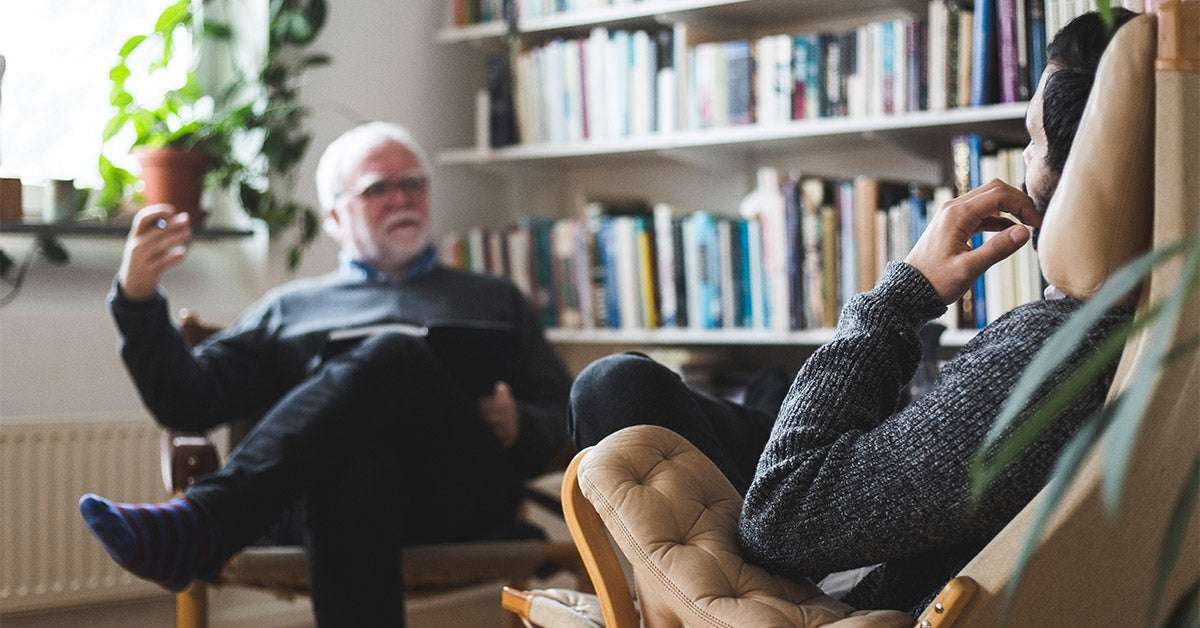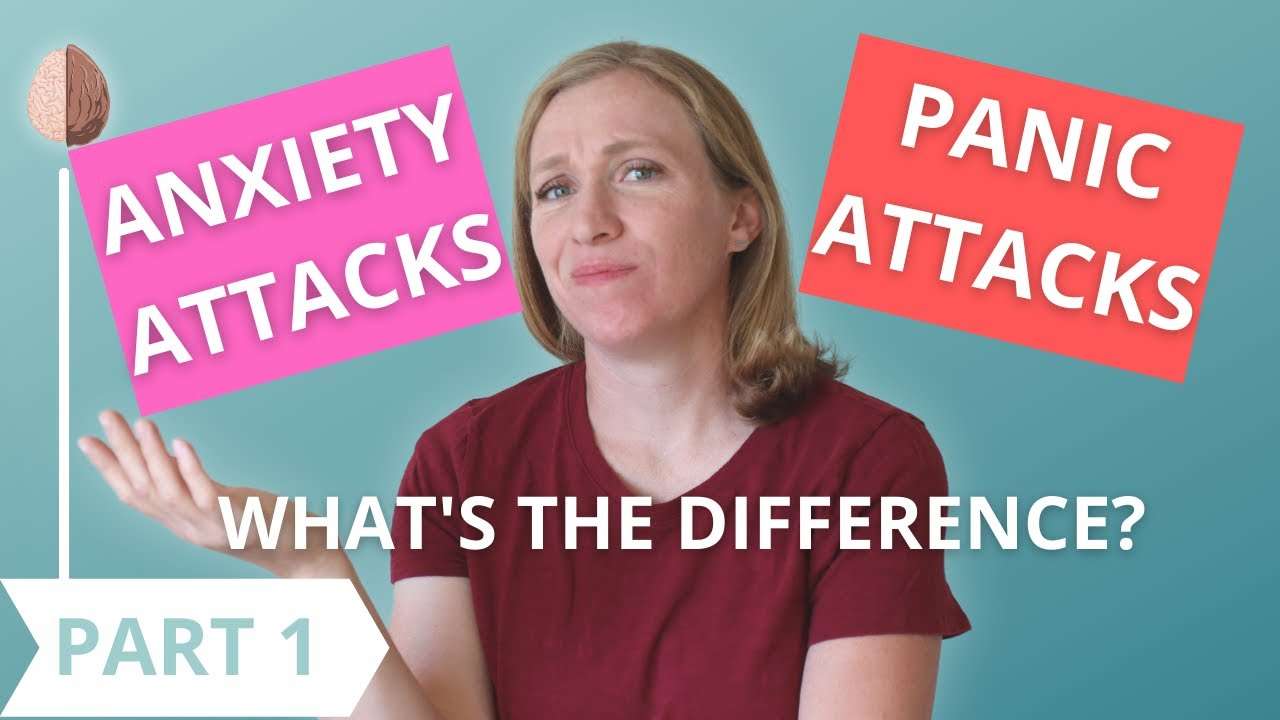Here’s a look at some of the techniques used in CBT, what types of issues they address, and what to expect with CBT.
Although the past is certainly relevant, CBT focuses on providing you with tools to solve your current problems. And there a lot of ways to get there with this type of therapy.
Cognitive behavioral therapy , or CBT, is a common form of talk therapy. Unlike some other therapies, CBT is typically intended as a short-term treatment, taking anywhere from a few weeks to a few months to see results.
The key principle behind CBT is that your thought patterns affect your emotions, which, in turn, can affect your behaviors.
For instance, CBT highlights how negative thoughts can lead to negative feelings and actions. But, if you reframe your thoughts in a more positive way, it can lead to more positive feelings and helpful behaviors.
Your therapist will teach you how to make changes you can implement right now. These are skills you can continue to use for the rest of your life.
Depending on the issue you’re dealing with and your goals, there are several ways to approach CBT. Whatever approach your therapist takes, it will include:
- identifying specific problems or issues in your daily life
- becoming aware of unproductive thought patterns and how they can impact your life
- identifying negative thinking and reshaping it in a way that changes how you feel
- learning new behaviors and putting them into practice
After speaking with you and learning more about the issue you want help with, your therapist will decide on the best CBT strategies to use.
Some of the techniques that are most often used with CBT include the following 9 strategies:
1. Cognitive restructuring or reframing
This involves taking a hard look at negative thought patterns.
Perhaps you tend to over-generalize, assume the worst will happen, or place far too much importance on minor details. Thinking this way can affect what you do and it can even become a self-fulfilling prophecy.
Your therapist will ask about your thought process in certain situations so you can identify negative patterns. Once you’re aware of them, you can learn how to reframe those thoughts so they’re more positive and productive.
For example: “I blew the report because I’m totally useless” can become “That report wasn’t my best work, but I’m a valuable employee and I contribute in many ways.”
2. Guided discovery
In guided discovery, the therapist will acquaint themselves with your viewpoint. Then they’ll ask questions designed to challenge your beliefs and broaden your thinking.
You might be asked to give evidence that supports your assumptions, as well as evidence that does not.
In the process, you’ll learn to see things from other perspectives, especially ones that you may not have considered before. This can help you choose a more helpful path.
3. Exposure therapy
Exposure therapy can be used to confront fears and phobias. The therapist will slowly expose you to the things that provoke fear or anxiety, while providing guidance on how to cope with them in the moment.
This can be done in small increments. Eventually, exposure can make you feel less vulnerable and more confident in your coping abilities.
4. Journaling and thought records
Writing is a time-honored way of getting in touch with your own thoughts.
Your therapist may ask you to list negative thoughts that occurred to you between sessions, as well as positive thoughts you can choose instead.
Another writing exercise is to keep track of the new thoughts and new behaviors you put into practice since the last session. Putting it in writing can help you see how far you’ve come.
5. Activity scheduling and behavior activation
If there’s an activity you tend to put off or avoid due to fear or anxiety, getting it on your calendar can help. Once the burden of decision is gone, you may be more likely to follow through.
Activity scheduling can help establish good habits and provide ample opportunity to put what you’ve learned into practice.
6. Behavioral experiments
Behavioral experiments are typically used for anxiety disorders that involve catastrophic thinking.
Before embarking on a task that normally makes you anxious, you’ll be asked to predict what will happen. Later, you’ll talk about whether the prediction came true.
Over time, you may start to see that the predicted catastrophe is actually not very likely to happen. You’ll likely start with lower-anxiety tasks and build up from there.
7. Relaxation and stress reduction techniques
In CBT, you may be taught some progressive relaxation techniques, such as:
You’ll learn practical skills to help lower stress and increase your sense of control. This can be helpful in dealing with phobias, social anxieties, and other stressors.
8. Role playing
Role playing can help you work through different behaviors in potentially difficult situations. Playing out possible scenarios can lessen fear and can be used for:
- improving problem solving skills
- gaining familiarity and confidence in certain situations
- practicing social skills
- assertiveness training
- improving communication skills
9. Successive approximation
This involves taking tasks that seem overwhelming and breaking them into smaller, more achievable steps. Each successive step builds upon the previous steps so you gain confidence as you go, bit by bit.
CBT coping skills help you deal with uncomfortable emotions (anxiety, depression, etc.) so you can feel better physically, make better decisions, and more. These cognitive strategies are especially beneficial for individuals with certain mental health conditions, such as by helping reduce symptoms in people with post-traumatic stress disorder (PTSD).
What Are CBT Coping Skills?
CBT coping skills involve dealing with negative emotions in a healthy way. They provide strategies for getting through difficult situations with less tension, anxiety, depression, and stress.
Before discussing specific cognitive coping strategies, it’s important to first understand how CBT works. This gives some insight into how the various CBT coping skills can help relieve anxiety, sadness, and other distressing emotions.
How CBT Works
![]()
Tom M Johnson / Blend Images / Getty Images
Cognitive behavioral therapy (CBT) is based on the idea that psychological problems arise as a result of the way in which we interpret or evaluate situations, thoughts, and feelings. When these interpretations and evaluations are negative, it can lead to unhealthy behaviors.
CBT works by changing unhealthy behavioral patterns by changing the interpretations that lead to them. It also teaches you the skills and cognitive strategies needed to better cope with whatever life throws your way. Here are a few CBT coping skills that have this result.
Diaphragmatic Breathing
Diaphragmatic breathing, also called breathing retraining or deep breathing, is a basic cognitive coping strategy for managing anxiety. It is a simple technique but can be very powerful.
Diaphragmatic breathing involves pulling your diaphragm down while taking a deep breath in. You should see your abdominal area rise with each breath, which is why it is sometimes referred to as “belly breathing.”
Progressive Muscle Relaxation
Relaxation exercises can be an effective way to reduce your stress and anxiety. One such exercise is called progressive muscle relaxation (PMR) and involves alternating between tensing and relaxing different muscle groups throughout the body.
With PMR, complete muscle relaxation is obtained by first going to the other extreme (that is, by tensing your muscles). In addition, by tensing your muscles—a common anxiety symptom—and immediately relaxing them, over time, the symptom of muscle tension may become a signal to relax.
Self-Monitoring
Self-monitoring is another basic CBT coping skill. To a large extent, is at the core of all the cognitive-behavioral coping strategies described here.
In order to address a problem or a symptom, we need to first become aware of it. Self-monitoring can help with this. With this awareness, we can then take action to regulate our behaviors so we have more positive outcomes.
Behavioral Activation
When people feel depressed or anxious, they may be less likely to do the things they enjoy. Therefore, it is important to learn how to be more active. Behavioral activation is a CBT coping skill that helps with this.
The goal of behavioral activation is simple. Get more active in areas of your life that you find pleasurable and enjoyable. Being more involved with and engaged in these experiences works by improving your mood.
Listing Pros and Cons
When faced with a decision, we can sometimes feel paralyzed or trapped. If this occurs, we may not know the best choice.
One way to move forward in situations such as this is to weigh the short- and long-term pros and cons of a situation. This cognitive coping strategy can help us identify the best path to take—that is, a path that is associated with less risk and is consistent with our goals and priorities.
Cognitive Restructuring
Cognitive restructuring is a common CBT coping skill. How we evaluate and think about ourselves, other people, and events can have a major impact on our mood. This cognitive strategy focuses on identifying negative thoughts or evaluations and modifying them.
Cognitive restructuring involves gathering evidence about certain thoughts, recognizing how they may be misinterpreted or distorted, then replacing them with more positive affirmations. By modifying our thoughts, we can improve mood and make better choices with regard to our behaviors.
Setting and Managing Goals
Goals (or things that you want to accomplish in the future) can give your life purpose and direction, as well as motivate healthy behaviors focused on improving your life. However, they can also be very overwhelming and a source of stress. Because of this, you want to be careful when setting goals.
This CBT coping skill involves approaching your goals in a way that improves your mood and quality of life as opposed to increasing distress. This could be by setting smaller goals versus bigger ones, for instance, or breaking larger goals down into more manageable chunks.
A Word From Verywell
CBT coping skills can help you better handle and manage difficult emotions and situations. They work by changing how you interpret feelings and events. You can use CBT coping skills for anxiety, stress, depression, and more—providing some much-needed relief.
Frequently Asked Questions
-
What coping skills can CBT teach?
CBT coping skills teach you how to better deal with difficult situations, such as how to relax your body (so your mind can also relax), also changing how you look at circumstances and events so you have more positivity. These processes use the same types of strategies like those used in cognitive behavioral therapy (CBT).
Learn More:
CBT Types, Techniques, and Benefits
-
How do you improve cognitive skills?
Regularly practicing cognitive coping strategies such as these can help improve your skills. It can also be beneficial to work with a mental health professional as they can focus directly on improving your CBT coping skills in the therapy session. Taking care of your physical health, such as through a healthy diet and exercise, can also help improve your cognitive health.
Learn More:
Types of Therapists and How They Help
-
How can CBT coping skills help with anxiety?
CBT coping skills such as cognitive restructuring can help change thought patterns that lead to anxiety. Other skills, like diaphragmatic breathing and progressive muscle relaxation, help relax your body when in an anxious state, thereby reducing your feelings of anxiousness.
Learn More:
Ways to Cope With Anxiety



